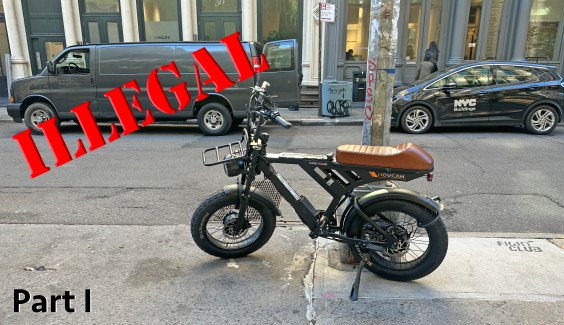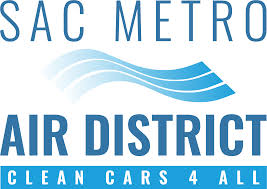
Wednesday afternoon SPUR sponsored a discussion about the previous day's election and what it could mean for the Bay Area. The panel consisted of Alex Clemens of Barbary Coast Consulting and David Latterman of Fall Line Analytics. It was attended by some seventy people, with at least ten more standing in the back.
First, Clemens gave his initial impressions. "In the greater scheme of things this was a crap election," he gibed. Turnout, their charts showed, has fallen from a historic high of forty percent in 2008 to thirty percent in more recent years "which we should all be rightfully ashamed of," he said. But, he added, perhaps the low turnout shouldn't be a huge surprise. "We had five local elections that had no opposition, [and] a presidential race and a state senate race that won't get decided until November." Latterman explained that turnout figures would improve as the final counting is completed.
That said, they saw promise for the passage of Prop B, the "Park, Rec, and Open Space Fund," which passed by sixty percent, and Prop. C, San Francisco's "Affordable Housing Requirements Charter Amendment," which will "increase requirements for affordable housing on developments with 25 or more units and give the San Francisco Board of Supervisors the authority to alter existing and impose new affordable housing requirements through ordinances," according to the San Francisco information book.
But it may have been Measure AA that the panelists thought was most telling for the Bay Area's ability to function as a coherent region and pass new funding sources. As the San Francisco Chronicle explained:
Measure AA will impose a flat tax of $12 per parcel per year throughout the region for marsh restoration and improved public access along the bay’s shoreline. It required two-thirds majority cumulative vote, which it exceeded with all precincts in the nine counties reporting.
All in all, Latterman felt the results are somewhat informative about what might happen in November. "It shows the Bay Area is willing to put money down on things that they care about," said Latterman. The decision to move forward with a $3.5 billion BART improvement bond on the November ballot could be made as early as tomorrow.
But will Bay Area voters drive that large a bond over the two-third threshold, all across the region?
The short answer is "no." Latterman said that passing the BART bond will depend on turning out yes votes "in San Francisco, Oakland, and Berkeley, and hope it does okay in the rest of the region. But this city is willing to pay for bonds and transit, so [the measure] will be fine if they bank as many votes in San Francisco as they can."
But Clemens isn't sure the two-thirds threshold can be met. "This will be an extraordinarily expensive bond but hopefully people will see how important it is," he said, adding that at this point the highest priority is to start an educational campaign. "BART is an amazing thing," he said. "Imagine if they hadn't built it in in the 1950s and 1960s? Without BART, we’d be a nice little agrarian, granola-eating city."
Ultimately, Clemens believes nothing would educate the public better about the importance of passing a BART bond than if the system were suddenly taken away for a while. "It will depend what happens with BART.... Is it working? Is it on fire?"
On housing, the environment, and transportation, Clemens said one thing is clear: the Bay Area has to think regionally. "It has to be the future," he said. "Our big fight is who gets to stay here and where do they live and do they need nine roommates--San Francisco can’t solve things without all the counties and districts."
And SPUR, he said, with its offices in San Jose, San Francisco, and Oakland, will have to play a big role in that. "SPUR will need to be herding the cats."







